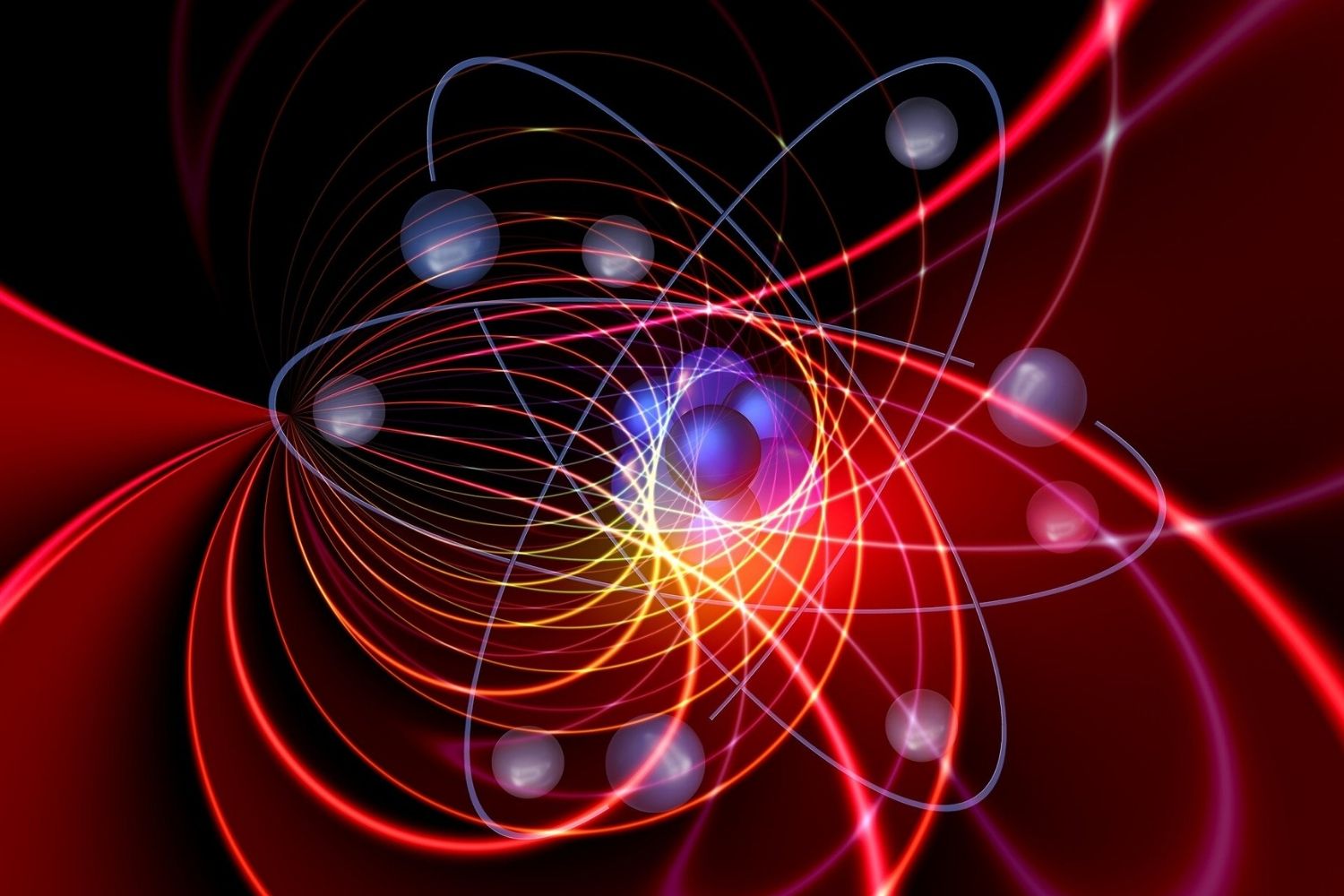
Electron emission might sound like a complex topic, but it's actually quite fascinating and essential to many technologies we use daily. Electron emission refers to the process where electrons are released from a material, usually a metal, into the surrounding space. This phenomenon plays a crucial role in devices like cathode ray tubes, X-ray tubes, and even in the functioning of old-school television sets. Understanding electron emission helps us grasp how these devices work and why they are so important. From thermionic emission to field emission, each type has unique characteristics and applications. Ready to dive into the world of electron emission? Let's get started!
Key Takeaways:
- Electron emission is when electrons are ejected from a material, and it happens in different ways like heating, electric fields, and light. This is important for things like old TVs and electron microscopes.
- Factors like temperature and material properties affect how well electron emission works. Scientists have made big discoveries about electron emission, which has led to many of the technologies we use today.
What is Electron Emission?
Electron emission is a fascinating phenomenon where electrons are ejected from a material. This process plays a crucial role in various technologies, from old-school cathode ray tubes to modern-day electron microscopes.
-
Electron emission occurs when electrons gain enough energy to overcome the forces holding them within a material.
-
Thermionic emission happens when a material is heated to a high temperature, causing electrons to gain enough energy to escape.
-
Field emission involves applying a strong electric field to pull electrons out of a material.
-
Photoelectric emission occurs when light shines on a material, giving electrons the energy needed to escape.
Types of Electron Emission
Different types of electron emission are used in various applications. Each type has unique characteristics and requirements.
-
Secondary emission happens when primary electrons hit a material, causing it to emit additional electrons.
-
Auger electron emission occurs when an electron from a higher energy level fills a vacancy in a lower energy level, releasing energy that ejects another electron.
-
Cold emission is a type of field emission that occurs at very low temperatures.
Applications of Electron Emission
Electron emission has numerous practical applications in science and technology. These applications range from everyday devices to advanced scientific instruments.
-
Cathode ray tubes in old televisions and computer monitors relied on thermionic emission to produce images.
-
Electron microscopes use electron emission to create highly detailed images of tiny objects.
-
X-ray tubes generate X-rays through electron emission, which are used in medical imaging and material analysis.
-
Vacuum tubes in early electronics used electron emission to control electrical signals.
Factors Affecting Electron Emission
Several factors can influence the efficiency and characteristics of electron emission. Understanding these factors is essential for optimizing the process in various applications.
-
Temperature plays a significant role in thermionic emission, with higher temperatures leading to more electron emission.
-
Electric field strength is crucial for field emission, with stronger fields causing more electrons to be emitted.
-
Material properties such as work function and electron affinity affect how easily electrons can be emitted.
-
Surface cleanliness can impact electron emission, as contaminants can hinder the process.
Historical Milestones in Electron Emission
The study of electron emission has a rich history, with many important discoveries and developments. These milestones have paved the way for modern technologies.
-
Thomas Edison discovered thermionic emission in the late 19th century while working on electric light bulbs.
-
Albert Einstein explained the photoelectric effect in 1905, earning him the Nobel Prize in Physics.
-
J.J. Thomson discovered the electron in 1897, which laid the foundation for understanding electron emission.
Final Thoughts on Electron Emission
Electron emission plays a crucial role in many technologies we use daily. From old-school cathode ray tubes in vintage TVs to modern electron microscopes, understanding this phenomenon helps us appreciate the science behind these devices. Different types of electron emission, like thermionic, field, and photoelectric, each have unique applications and principles. Thermionic emission, for instance, relies on heat to release electrons, while field emission uses strong electric fields.
Knowing these facts can deepen your grasp of how various gadgets work. It also highlights the importance of ongoing research in this field. Scientists continue to explore new ways to harness electron emission for advanced technologies. So next time you use a device that relies on this principle, you'll have a better understanding of the science at play. Keep exploring, learning, and staying curious about the world around you.
Frequently Asked Questions
Was this page helpful?
Our commitment to delivering trustworthy and engaging content is at the heart of what we do. Each fact on our site is contributed by real users like you, bringing a wealth of diverse insights and information. To ensure the highest standards of accuracy and reliability, our dedicated editors meticulously review each submission. This process guarantees that the facts we share are not only fascinating but also credible. Trust in our commitment to quality and authenticity as you explore and learn with us.
